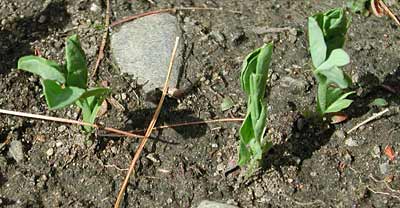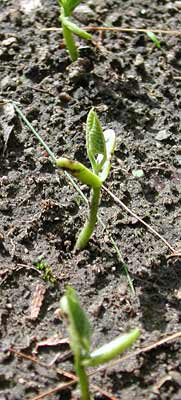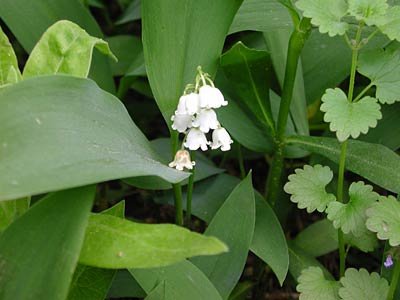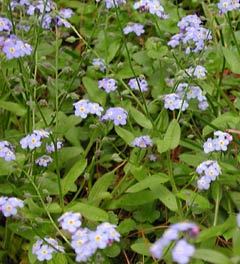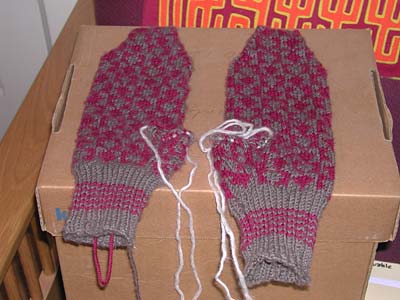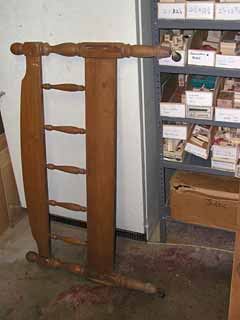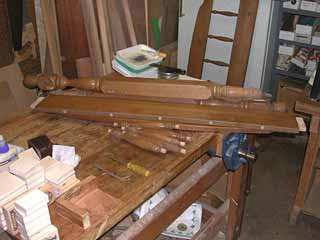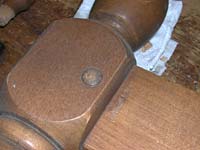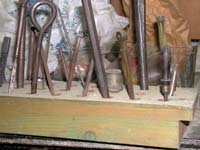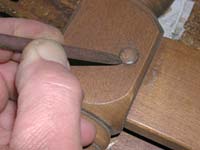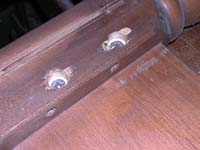Naturally we were in Maine for the long weekend.
It was raining, sometimes drizzling, sometimes raining hard, Friday as we were getting set to go. I wanted to bring the old aluminum rowboat up this trip. Since I had left work early there was a little extra time before dark; maybe we’ll get some use out of the boat there; and we’ve wanted to get it out of our backyard anyway.
My family bought that boat in the mid-’50s. Or maybe the early ’50s. I remember my dad sending away for lots of brochures and taking a long time to make a decision. It was small (all of eight feet long) and light enough that my dad and 8-year-old Dean were able to get it on and off our ’51 Pontiac. We rowed it around Lake Hortonia and several tiny ponds (for the first time, Google Maps is failing me; I looked up that area, and I know there are lots of ponds and lakes that should be showing up that don’t) in Vermont on our vacations in the ’50s.
The last time I know for sure that boat was in water was the spring of ’67, when my father was living in Suffield, CT, and my college roommate and I took it out on the Congamond Lakes.
Well anyway, as I was saying when I so rudely interrupted myself, I got soaked on Friday afternoon taking the factory carrier racks off the car, putting the Thule carrier racks on, and finally getting the boat secured. By the time Arlene and I both showered and put on dry clothes we had used up all the head start I got from leaving work early.
We drove slowly, keeping under the speed limit because of the boat on top of the car and because of the crummy weather. With a stop in Newburyport for coffee and some quick grocery shopping at Hannaford’s in Windham, we still got to Casco close to 11.
On Saturday we went to several yard sales. First we ran into one in Casco, on Route 121 across from Parker Pond, at a place we had been before. The people who live there seem to buy old furniture, or scavenge it from the dump, fix it up, and sell it at yard sales every couple of months. We got two chairs, one pretty nice “rabbit ear” chair with a cloth webbing seat, one pretty crummy one for $1. The latter has a small broken area of real cane that I want to try to replace. It seemed like a good small, inexpensive way to learn caning.
The second yard sale, and the one that was the main destination, was in downtown Bridgton. It was organized by LEA, the Lakes Environmental Association. They’re a local conservation organization. We’ve walked around one of their conservation areas, Holt Pond, and gone to a couple of talks that they sponsored. We got a couple of small items there, and I had a longish talk with a guy who was selling band method books. There’s a community band that gives a concert in Bridgton every Wednesday evening in the summer. Now that I have a phone number, maybe I’ll go and rehearse with them, and play when we’re up for a week.
The third one was the Harrison Lions club. The tag sale was in the cellar of the building, down around in back, off an unpaved parking lot. Some stuff was outside (a big metalworking vise that looked as though it weighed a good 50 pounds, with a beautiful casting on the side). Inside I overheard people talking about lots being developed for monster houses, I’m not sure where, but maybe somewhere in Harrison. We got a cheese plane for a dime, and then back outside Arlene took a closer look at a mirror with a nice oak frame that was priced $4. We decided we could indeed get it in our car. It’s waiting for some repairs to the back and some picture wire so we can hang it up.
When we got back we wheeled the canoe down to the lake (it might have been when I bought the kayak that I got a set of wheels that straps to the bottom of a canoe or kayak so you can roll it along. I don’t think we’ve ever used it before. It works pretty well) and paddled 2/3 of the way to the Heath Marina. The wind was behind us, so we knew it would be twice as much work getting home as going, so we didn’t go far. We did come back past our dock almost to our association’s beach, and had a tailwind again on the final stretch.
I roasted two cornish game hens on the grill for supper (we ended up with one left over), with corn on the cob. Later in the evening I baked zaatar bread. It needs a really hot oven. I set the oven for 500 degrees and the timer for 8 minutes, but it was either too hot or too long or both. Before the timer rang the smoke detector went off. One piece of the bread was really scorched on the bottom, but the other two were just a little overdone.
